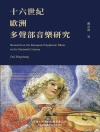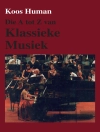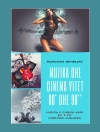Fanfare for a City invites us to listen to the sounds of Paris during the Second Empire (1852–1870), a regime that oversaw dramatic social change in the French capital. By exploring the sonic worlds of exhibitions, cafés, streets, and markets, Jacek Blaszkiewicz shows how the city’s musical life shaped urban narratives about
le nouveau Paris: a metropolis at a crossroads between its classical, Roman past and its capitalist, imperial future. At the heart of the narrative is ‘Baron’ Haussmann, the engineer of imperial urbanism and the inspiration for a range of musical responses to modernity, from the enthusiastic to the nostalgic. Drawing on theoretical approaches from historical musicology, urban sociology, and sound studies to shed light on newly surfaced archival material,
Fanfare for a City argues that urbanism was a driving force in how nineteenth-century music was produced, performed, and policed.
Jadual kandungan
Contents
List of Illustrations and Musical Examples
Acknowledgments
Introduction
1 • Baron Haussmann’s Musical Imagination
2 • Fanfare City: The Expositions universelles
3 • Urban Planning Lessons from the Café-Concert
4 • Street Music: Between Regulation and Liberation
5 • Street Cries: Constructing the Old City
Epilogue
Notes
Bibliography
Index
Mengenai Pengarang
Jacek Blaszkiewicz is Assistant Professor of Music History at Wayne State University. His articles on French music and urban culture have appeared in 19th-Century Music, Cambridge Opera Journal, Current Musicology, Journal of Musicology, and Opera Quarterly.












